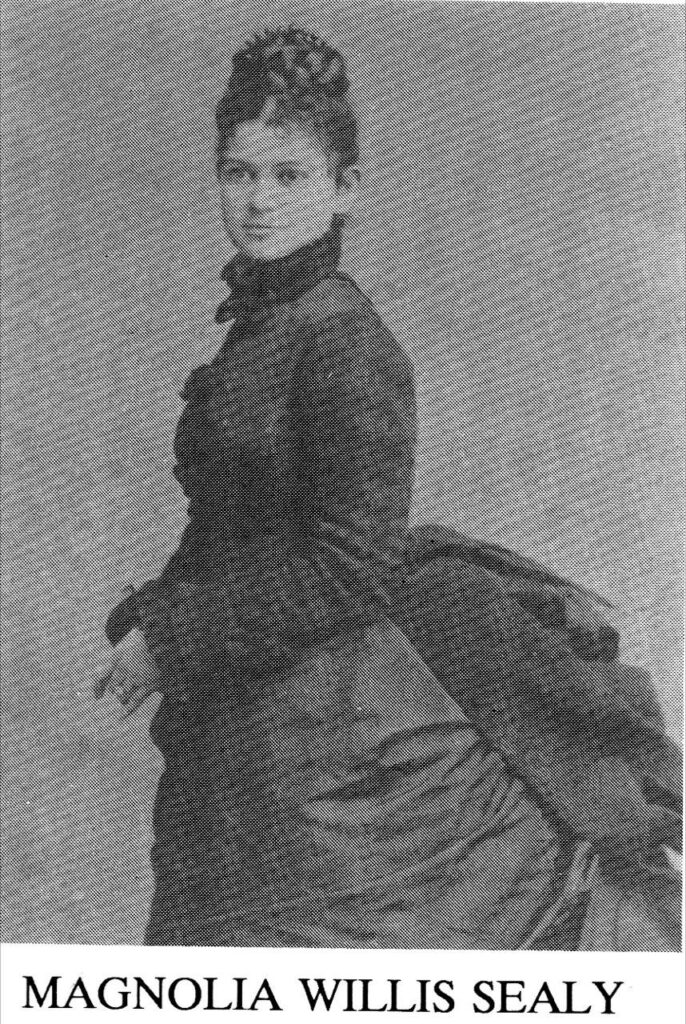
I thought I would start by throwing some shade on certain Galveston family elites while singing the praises of Magnolia Sealy and her part in helping Galvestonians after the great storm of 1900. However, before I get to that, it seems that the Texas Battleship Foundation has decided to take two of the three cities off the list without committing to the third. Baytown and Beaumont now have no chance of hosting the ship. I sort of understand why they made this decision, but I don’t know why the Foundation hasn’t figured out where she is going. Is there an actual plan? I assume there is, but when you throw out legal/political wording in your statement, to me, that means you have no clue what you’re doing.
Let’s get into the facts of this situation, and if someone at the foundation, or dare I say, someone in Austin, calls me out on this, I would love an accurate reply to what the hell is going on. So let’s go.
The Texas Legislature approved $35 million to fix the ship. In my opinion, it wasn’t out of the goodness of their hearts because politicians have no hearts or souls. This was a “Here is $35 million, so go away” moment. Some ask why the U.S.S. Texas wouldn’t go back to San Jacinto. I’ll tell you why: It’s because Texas Parks and Wildlife, which funded the ship, no longer cares where it’s moored, as long as the state of Texas doesn’t have to pay for it. So where are we now?
The U.S.S. Texas will find a new home, but it may not be Galveston. Will Corpus Christi get involved because they seem to know how to care for a ship? I have not heard anything about the U.S.S. Lexington being in disrepair. I also believe that the Texas Battleship Foundation has run out of options. Mooring it in saltwater will probably be their only option. Additionally, in a video made before the U.S.S. Texas was dry docked, someone stated that they receive 80,000–90,000 paid visitors per year at their old mooring in LaPorte, but to be self-sufficient, they would need about 250,000 paid visitors a year. That is a lot of required traffic, to say the least.
Wherever they move her, I’m still ready to help out, just as long as they have competent leadership and a plan. I’ve certainly burned a few bridges with organizations, both local and afar, two of which I’ve heard good things about, but we will see.
Speaking of the Galveston Historical Foundation, I toured the Sealy Mansion in 2013 and learned much about Magnolia Sealy. Although there is much history to the Sealy’s, I want to add that during the Great Storm of 1900, Magnolia opened her doors to 200 people. She gave them food and shelter when others whose houses were still standing did not. And she let them stay there for a couple of months, while other well-to-do individuals turned their backs on Galvestonians. I’m not going to bring up Mattress Mack and a certain megachurch in Houston during Hurricane Harvey, but I’m pro-Magnolia and Mack. I have no opinion on Galveston and mega-church elites.
There are many women in SETX worthy of praise, and I would like to add a few more here. Some are featured on our annual Historic Magnolia Cemetery Tour, such as Catherina Jeanette Stengele. I’ve talked about her many times and told of her journey from Holland to Baltimore, Maryland, and then to Beaumont in the 1890s. She was a milliner and also financed at eight percent; this is where she made her money. She was successful in life and made a good living in the 1890s without a husband, and since she was a female and an immigrant, she could not vote during her time. Yet she prospered.
Of course, I must bring up Florence Stratton, whom I spent ten years researching. I am glad to donate what I uncovered to whomever is interested. Florence was an influential and beloved character in Beaumont’s history who contributed much to this city. She documented the “who’s who” of SETX in her weekly letter to the public, which ran from 1926 to 1938, and she started both the Milk and Ice Fund and the Empty Stocking Fund to aid low-income families. She was a charitable person behind the scenes as well, helping out regular people in need. I’m very happy about the increased interest in her life because she deserves it.
Well, this week is done, and I’m tired, so hopefully, we won’t have any more boat talk until they make a clear decision. Until next week. Ahoy!

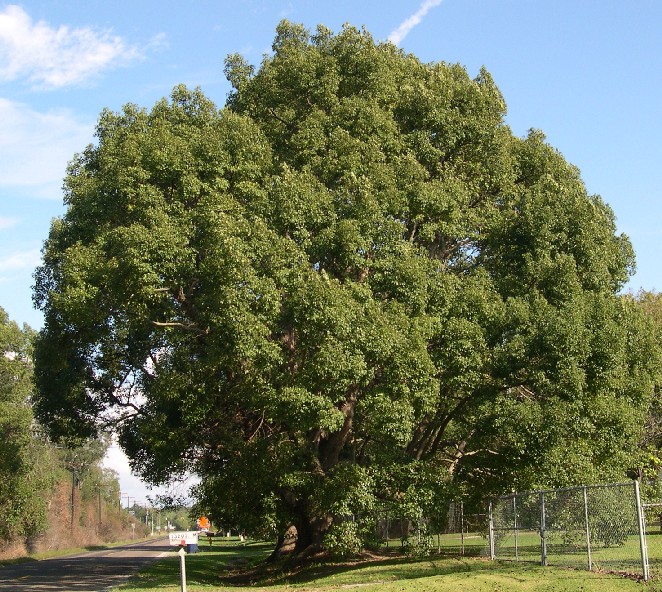
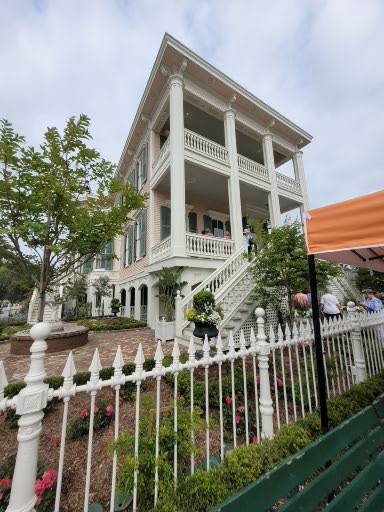
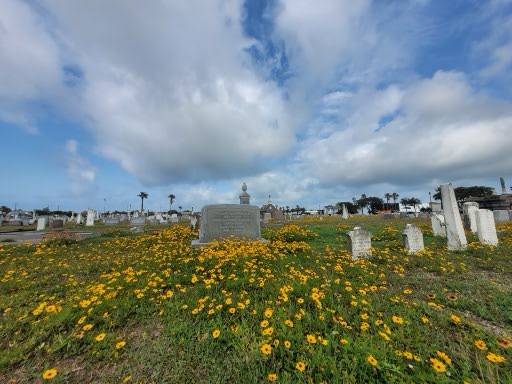
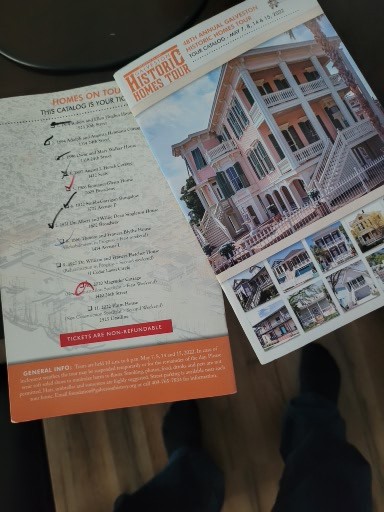
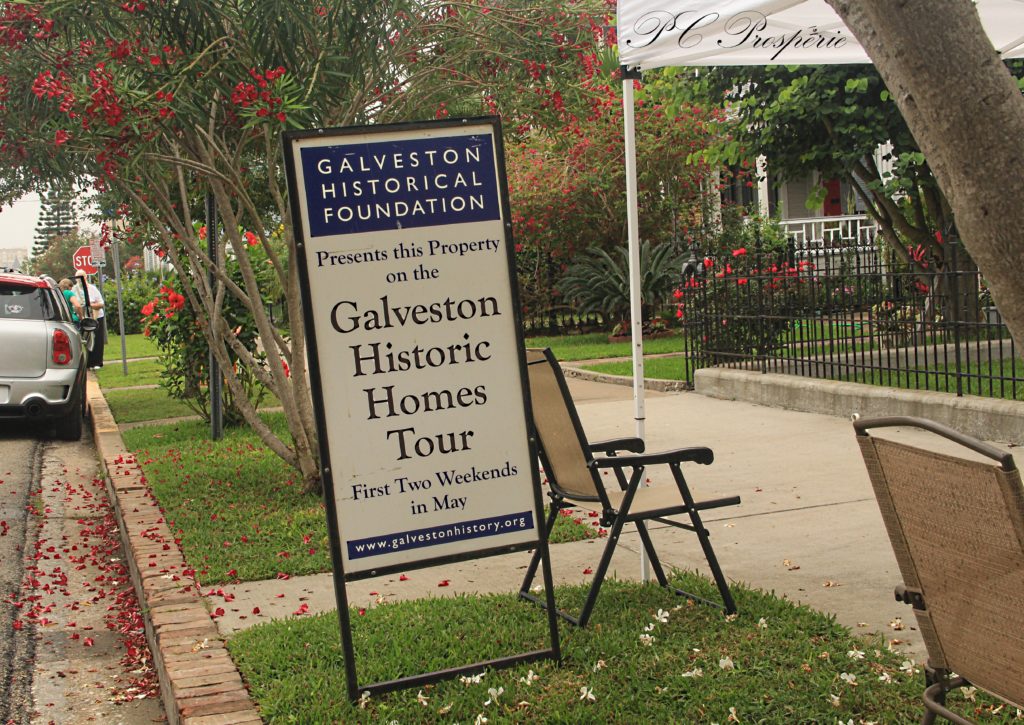
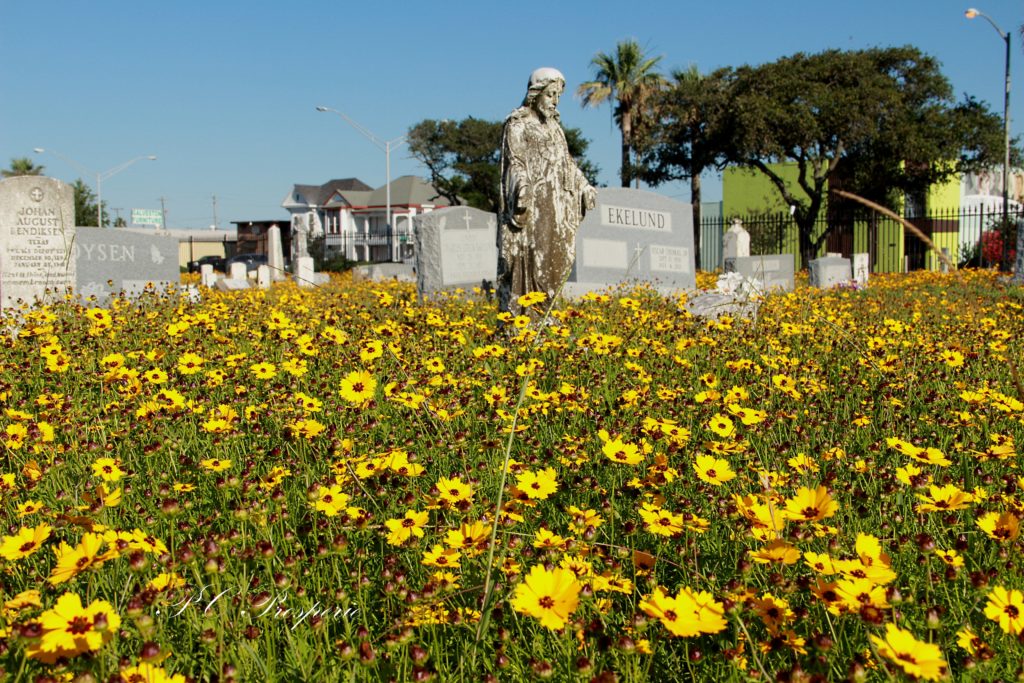
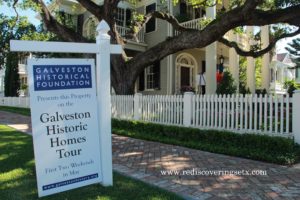
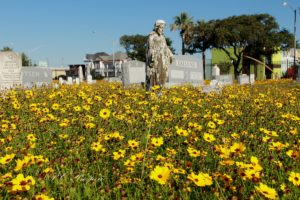
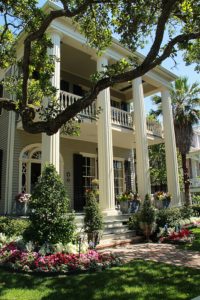
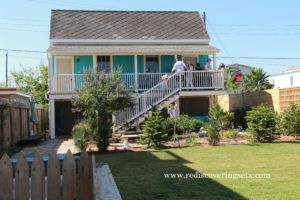
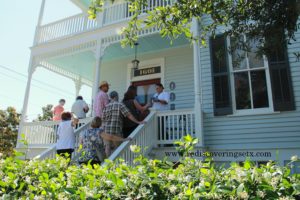
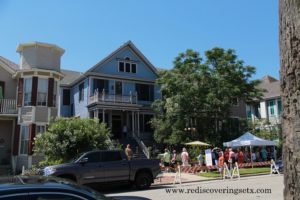
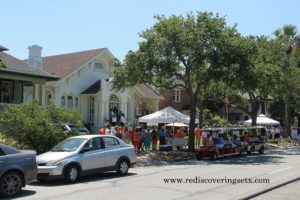
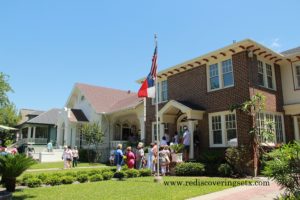
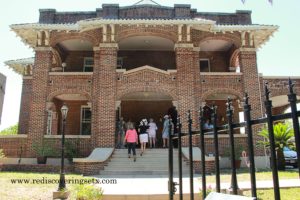
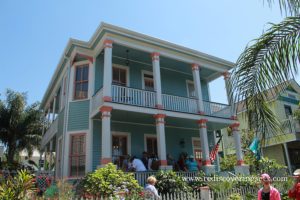
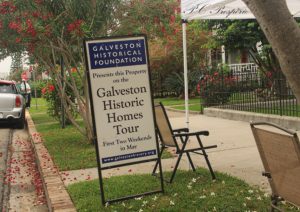
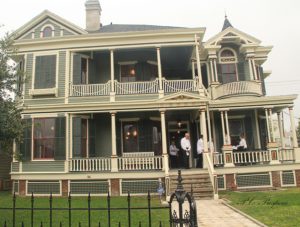
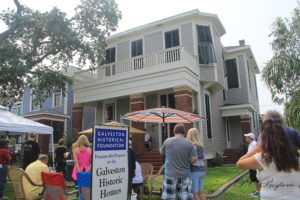
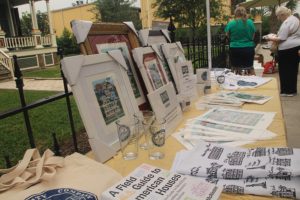
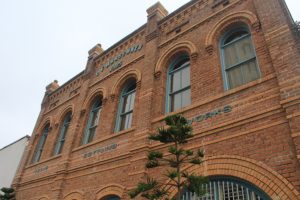
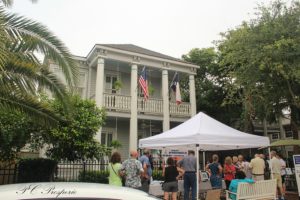
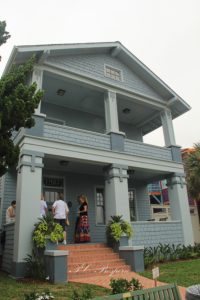
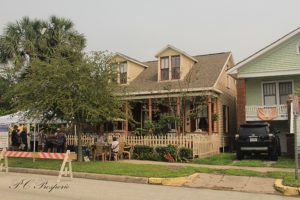
You must be logged in to post a comment.